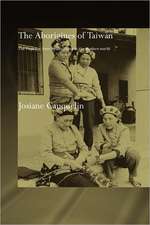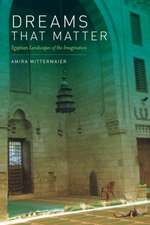Indian Hieroglyphs: Invention of Writing
Autor S. Kalyanaramanen Limba Engleză Paperback – 31 dec 2011
Preț: 239.45 lei
Nou
Puncte Express: 359
Preț estimativ în valută:
45.83€ • 49.80$ • 38.52£
45.83€ • 49.80$ • 38.52£
Carte tipărită la comandă
Livrare economică 21 aprilie-05 mai
Preluare comenzi: 021 569.72.76
Specificații
ISBN-13: 9780982897126
ISBN-10: 098289712X
Pagini: 800
Dimensiuni: 178 x 254 x 40 mm
Greutate: 1.36 kg
Editura: Sarasvati Research Center
ISBN-10: 098289712X
Pagini: 800
Dimensiuni: 178 x 254 x 40 mm
Greutate: 1.36 kg
Editura: Sarasvati Research Center












